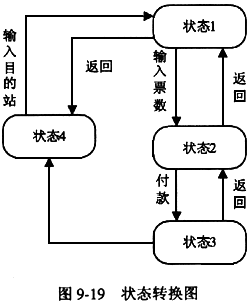For well over a thousand years, smallpox was a disease that everyone feared. The disease killed much of the native population in South America when the Spanish arrived there in the early sixteenth century. By the end of the eighteenth century, smallpox was responsible for about one in ten deaths around the world. Those who survived the disease were left with ugly scars on their skin.
It had long been well known among farmers that people who worked with cows seldom caught smallpox; instead, they often caught a similar but much milder disease called cowpox (牛痘) . A British doctor called Jenner was extremely interested in this, and so he studied cowpox. He believed that, by vaccinating (给接种疫苗) people with the disease, he could protect them against the much worse disease smallpox. In 1796, he vaccinated a boy with cowpox and, two months later, with smallpox. The boy did not get smallpox. In the next two years, Jenner vaccinated several children in the same way, and none of them got the disease.
News of the success of Jenner’s work soon spread. Vaccination soon became a common method to protect people against other diseases caused by virus, such as rabies (狂犬病), and vaccines were sent across the world to the United States and India.
It took nearly two centuries to achieve Jenner’s dream of getting free of smallpox from the whole world. In 1967, the world Health Organization (WHO) started a great vaccination program, and the last known case of smallpox was recorded in Somalia in 1977. The story of vaccinations does not end there, however. There are many other diseases that kill more and more people every year. Besides, many new diseases are being discovered. The challenge for medical researchers will, therefore, probably continue for several more centuries
小题1:Smallpox was so serious that _________________ by the end of l8th century
A.its death rate was up to ten percent
B.those who caught it were certain to die
C.one in ten people in the world died of smallpox
D.one in ten deaths in the world was caused by smallpox小题2:Edward Jenner discovered that vaccination with cowpox could ____________.
A.make smallpox much milder
B.stop people from getting smallpox
C.protect people against any disease
D.prevent people’s scars after smallpox小题3:Which of the following statements is NOT TRUE?
A.The first experiment with cowpox was made by a British doctor.
B.After 1977 smallpox disappeared around the world according to WHO.
C.Vaccination had existed among ordinary farmers before being discovered.
D.Vaccination can be used to protect people in the world against not only smallpox.小题4:The author of the passage thinks that _________________.
A.vaccinations bring many new problems
B.vaccinations end the spread of diseases
C.there is a long way to go to fight against diseases
D.there is a long way to go to discover new diseases
 陪爸妈吃饭。妈妈说,你知道吗,多年前的那双皮鞋是革的。我说,我穿上皮鞋到了学校就知道了。妈妈说,可你没说啊。我说,我知道那双鞋比真皮鞋还贵。
陪爸妈吃饭。妈妈说,你知道吗,多年前的那双皮鞋是革的。我说,我穿上皮鞋到了学校就知道了。妈妈说,可你没说啊。我说,我知道那双鞋比真皮鞋还贵。



